LG solar panels review
home > solar panels > best solar panels > LG Solar Panels Review
Update - LG Solar to close!
Unfortunately, LG Solar has decided to exit the solar market and will cease manufacturing solar panels from mid-2022. This came as a huge shock to the solar industry as LG was regarded as one of the world’s leading manufacturers with a premium range of high-quality panels made using high performance, long-lasting, N-type silicon cells. See the official LG company statement.
Over the last two years, many competing manufacturers had started to close the gap in performance by increasing panel efficiency using new cell technology while at the same time reducing costs. It appears LG wasn’t able to offer more competitive pricing and the company claims it was no longer viable to manufacture higher-cost premium panels with the increasing raw material costs.
LG Solar Panels Overview
With a long history in solar panel manufacturing, LG is considered an industry leader and has proven to produce some of the best performing and highest quality solar panels in the world. As opposed to most other manufacturers, LG uses higher-cost, premium N-type silicon cells on the popular Neon R, Neon 2 and the new Neon H panels which boost efficiency and increase lifespan by significantly reducing LID or light-induced degradation.
LG Solar Panels Quick Summary
Power rating (W): 350W - 450W
Efficiency (%): High - 19.8% - 22.0%
Cell technology: Premium N-type
Price bracket: High $$$$
Most popular panel: Neon 2 370W
Product Warranty: Excellent - 25 years
Service and support: Very good 5/5
Overall: N/A - No longer available
Company History
LG has a long history in solar photovoltaics beginning over 30 years ago when they first began research into silicon crystalline cells. The next 20 years of research and development laid a solid foundation before LG started large scale PV module manufacturing in 2009 at their facility in Gumi, South Korea. LG solar is a subsidiary of massive LG Corporation, the South Korean multinational company with over 220,000 employees globally and total revenue in the tens of billions.
After over a decade of PV module manufacturing, LG is now onto the 6th generation panels and produce over 2GW of panels per year. As a Tier 1 manufacturer holding numerous awards, ultra-efficient cell technology and offering an industry-leading warranty, there are only a few solar companies who can compete at this level of quality, service and reliability.
In Australia and North America, although more expensive than the competition, LG panels are very popular and highly rated by customers and solar installers alike as they not only look impressive with the high gloss black anodised aluminium frames, but the construction quality, detail and finish are of the highest standard.
LG Panel and PV Cell Technology
While most manufacturers produce a range of monocrystalline panels based on the more common, lower cost, P-type silicon cells, LG primarily manufactures panels using monocrystalline N-type cells which have higher efficiency and much lower degradation over the life of the panel. However, to be more competitive, LG Energy recently introduced a cost-effective range of panels called ‘Mono X Plus’ built on the lower cost P-type monocrystalline cells.
The LG Neon 2 cells with multi-wire 'cello' technology (click to enlarge)
The popular Neon 2 modules established LG as a leader in multi-wire cell technology with 12 round wire busbars and the unique finger design being incorporated into all Neon 2 and Neon 2 bifacial modules. The N-type ‘Cello’ cells look impressive and improve performance and conversion efficiency. Read more about Cello technology in the PV cell technology review article.
LG solar panel efficiency
Mono X Plus efficiency - up to 19.8% at 370W
Neon H efficiency - up to 20.9% at 385W
Neon 2 efficiency - up to 21.4% at 370W
Neon R efficiency - up to 22.0% at 380W
LG use N-type IBC Interdigitated Back Contact cells on the Neon R 360-370W modules
Neon R - IBC cells
LG, along with SunPower, are the two major manufacturers producing high-performance IBC or Interdigitated Back Contact N-type cells. The LG Neon R IBC cells use 30 busbars integrated into the rear side of the cell. This means there are no visible busbars on the front of the cell and in turn no cell shading. This unique design uses high purity N-type doped silicon and has extremely low light induced degradation, lower electrical resistance, improved high-temperature performance and enables the Neon R modules to achieve an impressive 22.0% efficiency at 380W.
LG Residential solar Panels
Neon H - 380W to 385W
New for 2021 - The latest release from LG is the Neon H range. These next-generation panels are essentially a more advanced version of the Mono X plus panel which also use the half-cut split cell design, but the Neon H is built on high-performance N-type cells as opposed to the lower cost P-type cells used by most other manufacturers. The Neon H, where the H stands for Half-size cells, is very similar is design to most modern solar panels available today but is backed by a 25-year product warranty and guaranteed to still achieve at least 90.6% of the rated output after 25-years of use thanks to the high-purity N-type cells which almost eliminate the effects of light induced degradation or LID. Plus, LG’s strict quality control measures and the use of high-quality encapsulants and other components mean the panels could last well past 30 years.
See the full LG Neon H specifications
Mono X Plus - 365W to 370W
To increase efficiency and performance, most of the solar industry shifted away from the traditional 60 cell panel layout to the now common half-cut 120 cell format. In a bid to be more competitive against the huge Chinese manufacturers, LG introduced the Mono X Plus range in mid-2020 available in 365W to 370W power ratings. These new panels use the more cost-effective P-type silicon cells and are made in China to the stringent LG quality standards. They specify roughly the same performance and efficiency levels of the 370W half-cut cell panels offered by the leading Chinese manufacturers Trina Solar, Jinko and Longi solar, but offer an improved performance warranty of 87.9% retained power after 25 years. How LG is able to achieve a higher performance warranty is likely to do with the cell manufacture and strict quality control measures, including LID and LeTiD minimisation.
See the full LG Mono X Plus specifications
Neon 2 - 355W to 370W
The latest Neon 2 range of panels from LG, introduced in mid-2020, boosted the power rating from 355W to 370W by using larger size silicon wafers to cover more of the panel surface area and in turn, reduce the amount of exposed white back-sheet material resulting in higher efficiency.
LG Neon 2 Black 355W Module - Image credit LG
All Neon 2 panels utilise high-grade N-type monocrystalline silicon cells built using the sophisticated multi-wire 'Cello' technology in a standard 60 cell format. With an impressive 25-year product warranty on top of the 25-year performance warranty, the Neon 2 range are some of the most efficient and best performaning panels available. Read more about Cello cells in our PV cell technology article.
See full details and specification sheet - LG Neon 2 370W panels
Neon R - 370W to 380W
The Neon R is the flagship of the LG range. With a maximum efficiency of 22.0%, the Neon R panels can generate up to 380W from a panel only slightly larger than a standard 60 cell panel. As explained above, this performance is due to the high-grade IBC N-type cells used. Naturally, the Neon R panels also come at a premium price, being around 45% more expensive than more common mono P-type panels. However, with the higher price comes ultra-high build quality, long life, improved low light performance, very high efficiency and extremely low degradation over the life of the panel. Thanks to constant cell refinements and manufacturing improvements, the Neon R power has increased to 380W.
See full details and specification sheet here - Neon R 380W
LG Neon R module with high efficiency IBC N-type cells - up to 365W. Image credit LG
LG Commercial and Bifacial Modules
LG also manufactures a range of large format (72 cell) solar modules for large-scale commercial applications using the same advanced cello multi-wire technology, as well as dual-sided bifacial modules which can increase power output by up to an additional 27%. See more about bifacial technology here.
Full details and specifications
Mono X Plus - 450W 144cell
LG Neon H - 440W 144 cell
LG Neon 2 - 420W 72 cell
Panel strength and durability
LG has engineered extremely strong double-wall aluminium frames on all modules which are rated well above average with an impressive 5,400 Pa rating on the front side and 4000 Pa on the rear side for wind loading, this is close to double the industry standard 2400 Pa wind rating.
The Neon 2 modules underwent static load testing by SECAust Engineering consultants in Darwin Australia and were able to withstand an incredible 10,000 Pa load without failure, see report here. The extremely high strength and stiffness of the Neon 2 would allow the LG modules to be mounted in any high wind load regions around the world.
The LG modules are rated to the highest level of corrosion resistance and can be installed in coastal locations with high levels of salt mist (maximum severity of 6), in addition to ammonia resistance.
Quality and Performance
LG lab cell testing and quality control - Image LG
To ensure no cells with defects or micro-cracks get through LG use two EL flash tests during production both before and after lamination. The high grade N-type cells used by LG have exceptional long term performance in regards to low light induced degradation (LID). LID is a common problem as all solar cells reduce output over time with the average power loss being 3% in the first year and approximately 0.8% per year after resulting in an average of 80-82% original rated capacity after 25 years. However LG cells warrants a much lower rate of degradation which improves overall performance and increased energy generation with a claimed 86-88% rated capacity remaining after 25 years.
To ensure reliability and long term performance LG perform strict quality control and testing throughout the manufacturing process with the LG test laboratory certified by the 4 major testing laboratories VDE, UL, TUV Rheinland and Intertek. The latest results from independent testing organisation DNV GL rated the LG panels as as a 'top performer' in the annual 'PV Module Reliability Scorecard Report'.
Warranty and service
LG is one of only six manufacturers offering both a 25-year product and performance warranty - on the Neon 2, Neon R and the new Neon H panels. SunPower and Panasonic are a few of the other manufacturers to offer a 25-year product & performance warranty while the majority of manufacturers provide a 12-15 year product warranty period and 25-year performance warranty.
The LG performance warranty is well above the industry average with a minimum 90.08% retained capacity after 25 years on the Neon 2 range, and an impressive 90.8% on the Neon R range. To offer this kind of warranty shows the high level of confidence LG holds in its products and highlights the long-life performance and low degradation of high-grade N-type silicon cells.
Performance solar panel warranty comparison chart - LG Vs the industry standard - Click to enlarge
LG Product Warranty
Mono X Plus - 15 years
LG Neon H - 25 years
LG Neon 2 - 25 years
LG Neon R - 25 years
LG Performance Warranty
Mono X Plus - 25 years to 87.9%
LG Neon H - 25 years to 90.6%
LG Neon 2 - 25 years to 90.08%
LG Neon R - 25 years to 90.8%
The care taken is also highlighted in the way LG distribute and ship panels around the world with all modules stacked and secured with tough plastic moulded corner sections for secure transportation. This is important as many in the industry know that loading or stress placed on modules during transportation can result in micro-cracking and cell failure which usually does not become evident until a few years after installation. With strong company support, extremely low warranty claims and a very good reputation for service, LG solar modules are certainly one of the best choices available.
Sustainability
To reduce the environmental impact of manufacturing, in 2015 LG installed over 11,000 panels on a massive 3.2MW rooftop solar array on its solar panel manufacturing facility in South Korea. In total, LG has now installed over 18MW of solar across its factories in Korea.
LG Electronics has been nominated multiple times by Corporate Knights as one of the top 100 most sustainable corporations and have stated they are committed to continuously improving sustainability, reducing emissions and moving closer to a circular economy. However, LG only rate as ‘above average’ on the Solar Scorecard so some more work can be done. See the full LG sustainability report here.
It could be argued that simply by only manufacturing high grade longer-lasting solar panels, LG is in effect more sustainable than many other manufacturers who have had panels fail only a few years after installation. As faulty panels require replacement this essentially uses double the resources.
Summary
Like most things, premium equipment comes at a premium price. LG panels do cost more than the competition with the Neon 2 coming in at around 30% more than standard mono modules but you get a lot more for your money. Solar is a long term investment, so it is necessary to take into account performance and degradation rates over the life of the system.
Based on LG's solid history of reliability, we have little doubt that even after 10 years LG's Neon 2 and Neon R panels, which are built on high-purity N-type silicon cells, would noticeably outperform most other lower-cost panels on the market. The lower rate of degradation and higher power output adds up to a significant amount of additional energy when totalled over the life of the panel. In regards to service and support, considering the enormous size and history of LG corporation, there is little doubt LG will also be around to back up any potential warranty claims in the future.
Solar Questions
Visit our community discussion about the LG solar panel reviews on our forum.





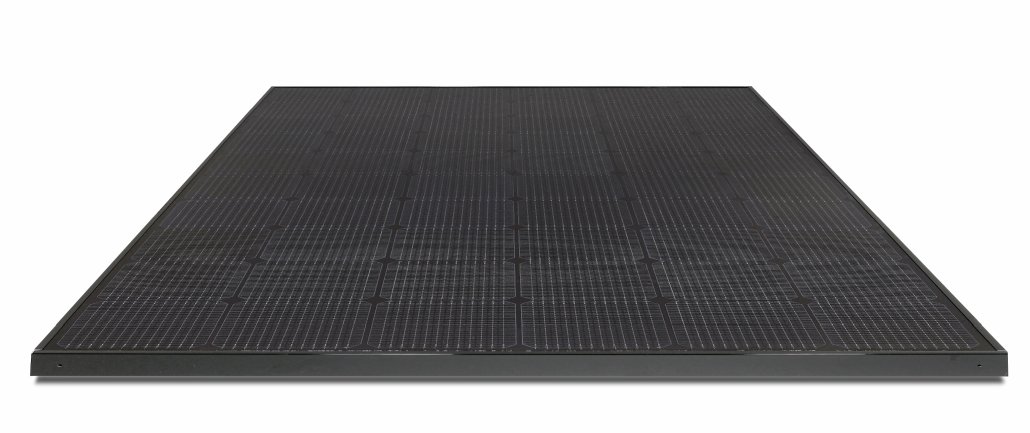





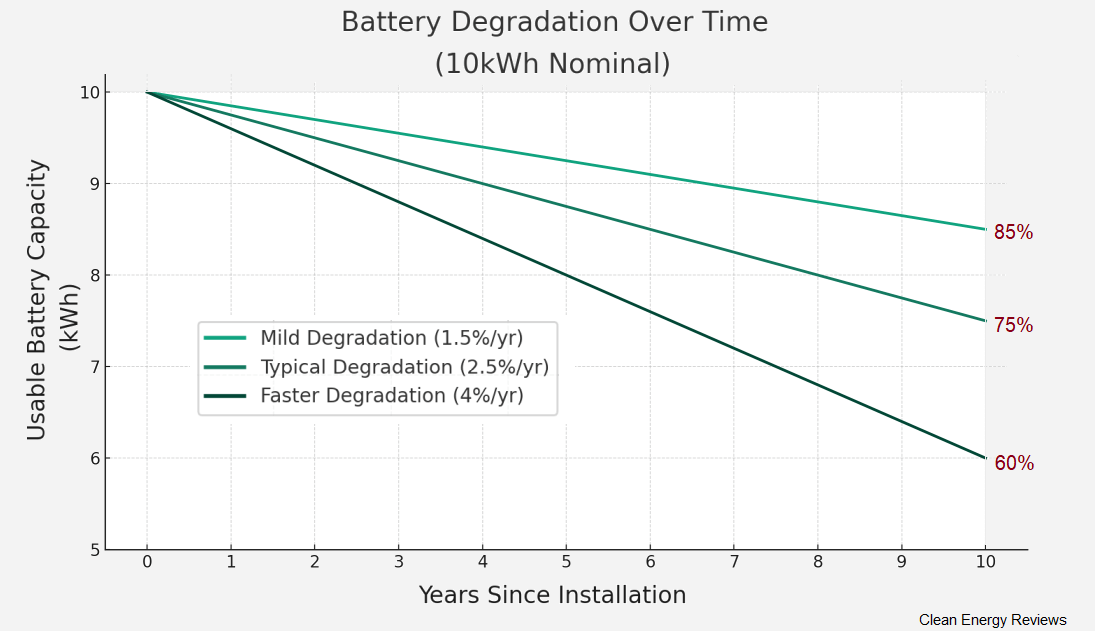
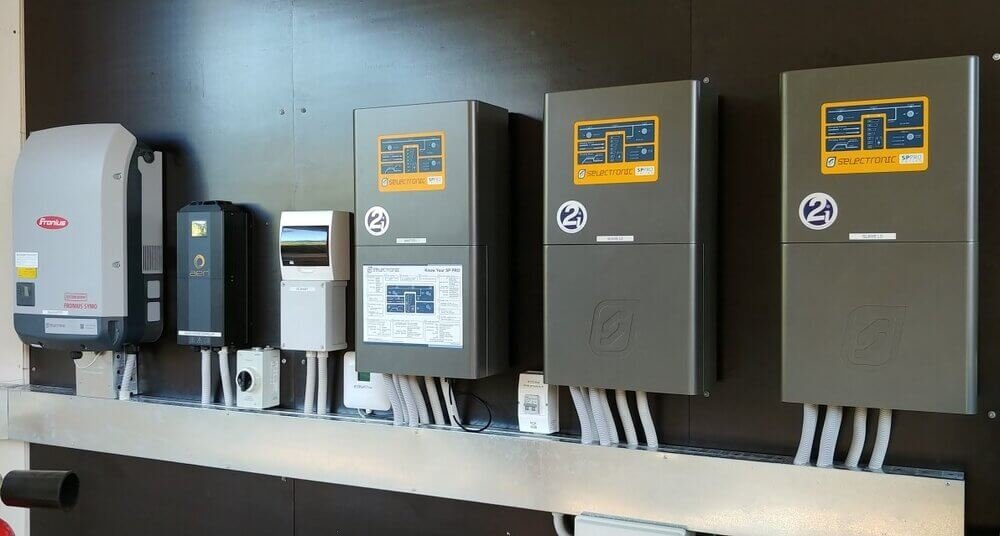
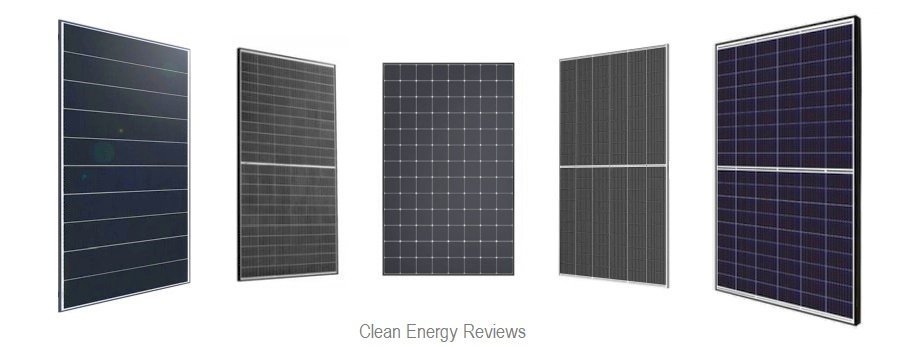




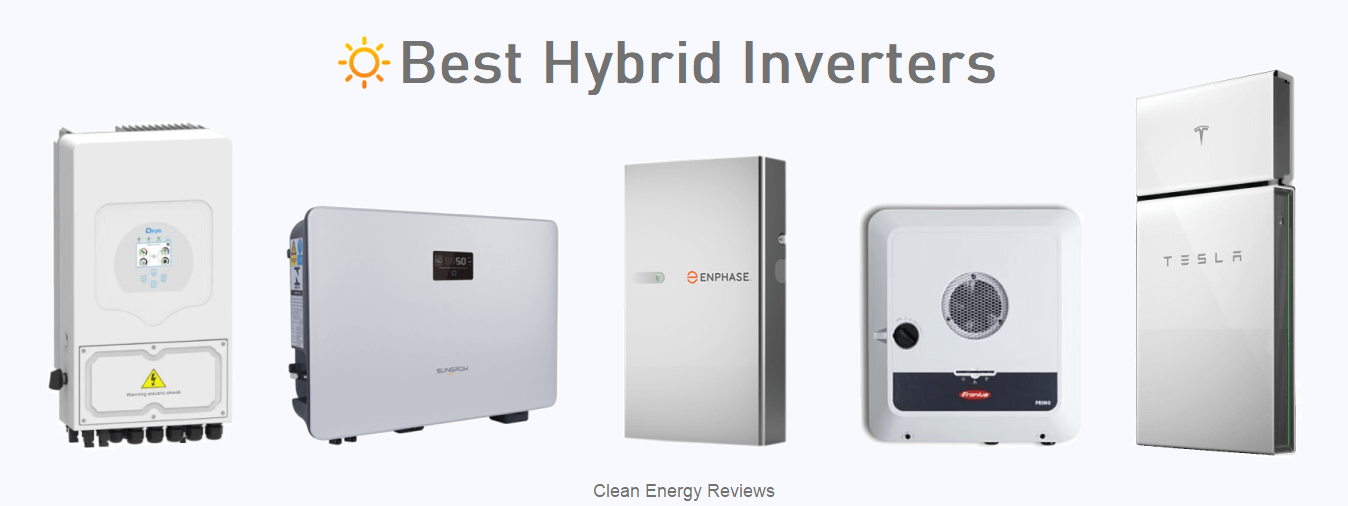
The comprehensive guide to solar battery and off-grid systems. How to select and size a home solar battery system and how much it may cost you. Also, alternatives to adding batteries and how energy efficiency can save you more than adding a battery.